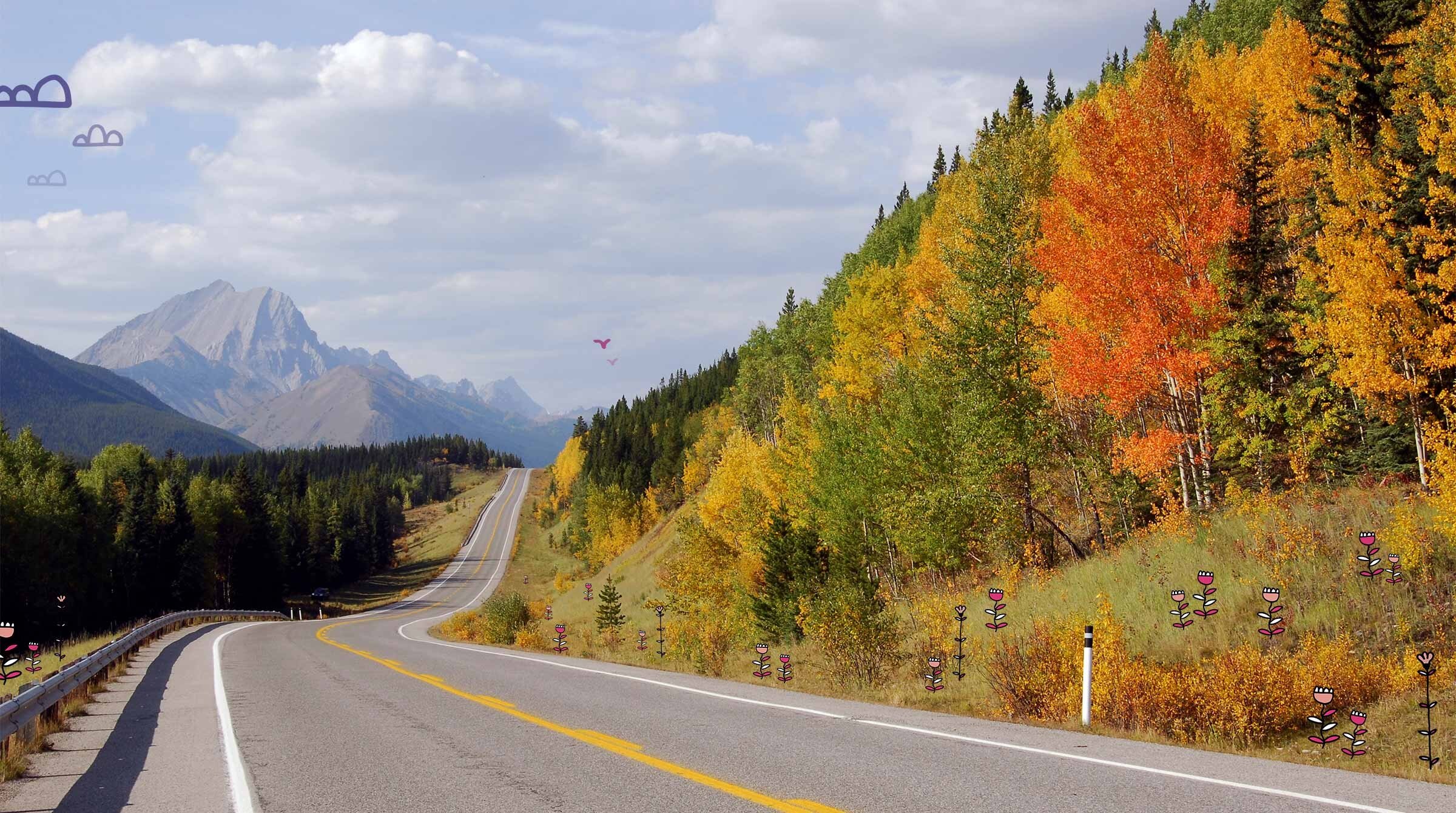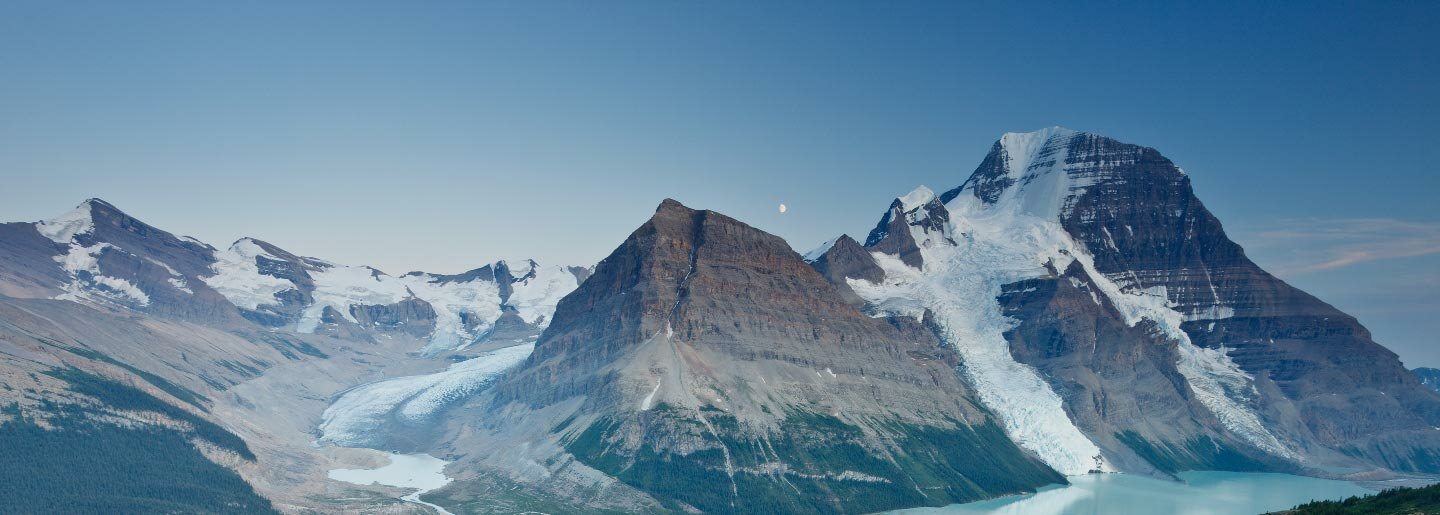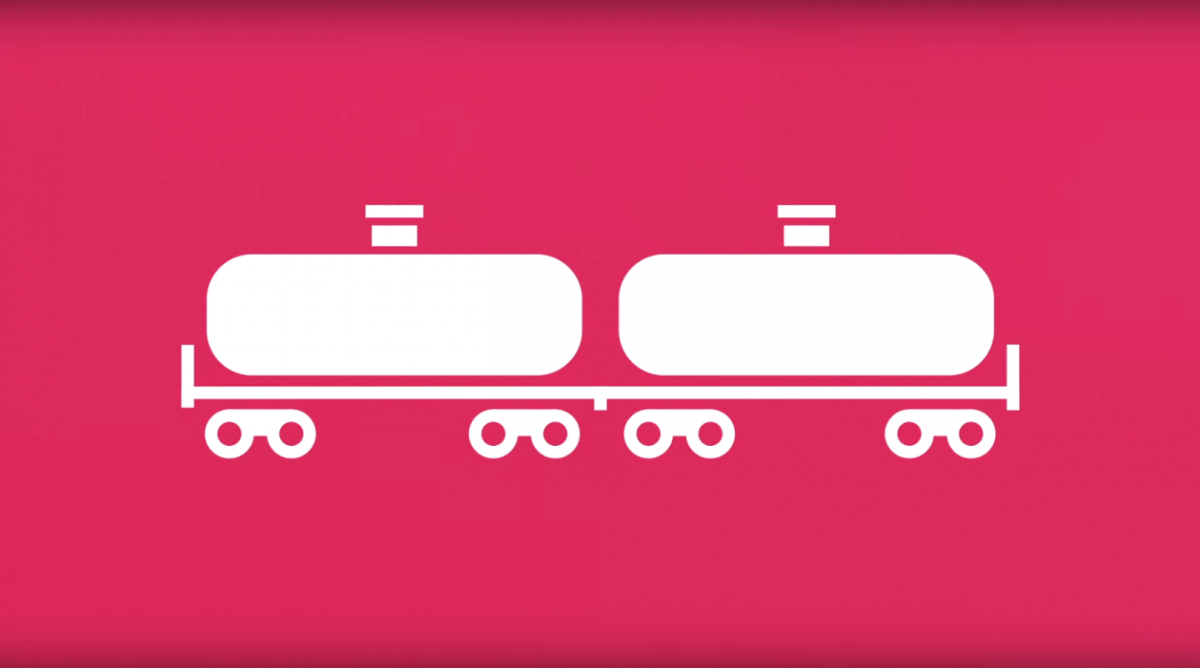Canada’s pipeline network
With the majority of Canada’s oil deposits located inland, we rely on a complex network of pipelines, railways, and trucking routes to bring these resources to market. Canada’s 840,000-km pipeline network offers the least expensive, most efficient, and most sustainable method for shipping oil.
What is a pipeline?
A pipeline is a pipe through which hydrocarbons such as bitumen, refined fuels and natural gas travel from one point to another. Buried in the ground and laid under waterways or roads, pipelines can range from half an inch to 48 inches in diameter, depending on their function.
Four types of pipeline comprise Canada’s pipeline network:
- Gathering pipelines move crude oil and natural gas from their original source – wells in the ground – to collection sites or processing facilities. There are 250,000 km of gathering pipelines in Canada’s pipeline network.
- A network of 25,000 km of feeder pipelines transports crude oil, natural gas, and refined products from collection sites and processing facilities to transmission pipelines.
- Crude oil, natural gas, and refined products are transported through 117,000 km of transmission pipelines within provinces and across provincial or national borders. The 1,150-km long Trans Mountain Pipeline is an example of a transmission pipeline.
- There are 450,000 km of distribution pipelines that deliver natural gas directly to consumers.

What happens if we don’t ship oil by the Trans Mountain Pipeline?
There are three primary ways to get Canadian oil to market: by pipeline, train or truck. Pipelines are by far the least expensive means of transport, and the vast majority of oil in Canada is moved this way. Transporting oil by rail costs up to 3 times more than by pipeline, and truck transport costs even more than rail. By building new pipeline capacity, we'll generate millions more dollars per day for governments, businesses and communities across the country.
As well as being cost-effective, pipelines also have a smaller environmental footprint compared to rail or truck. Transporting oil by pipeline produces up to 77% less greenhouse gas emissions than by train. Transporting by truck produces much more.

Share the facts


Get updates in your inbox.










